
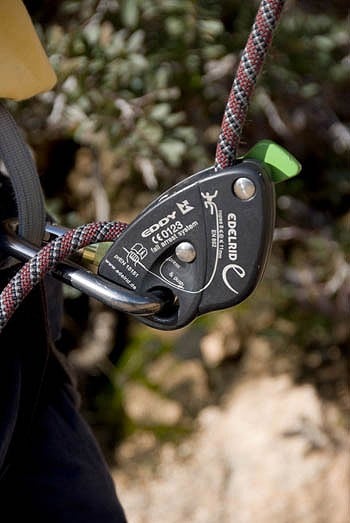
It is impossible to review a piece of kit without in some way referring to the problems it's meant to solve, and this is why I need to bring the Grigri into the dock. As a fully initiated member of the not diminutive group of climbers who have taken a flight with Air Grigri, allow me to explain. A Grigri locks up when it receives a sharp tug - in the same way as a car seatbelt, however, the Grigri struggles to know the difference between a tug that is a fall and a tug that is a belayer desperately trying to pull out an armful of slack. In a typical situation, a belayer trying to pay out slack quickly, and facing a locked Grigri will have no option but to hold down the cam lever with their thumb, completely opening the device - and if you happen to fall at this time, you're going to keep going until the lever is released or you hit the ground.
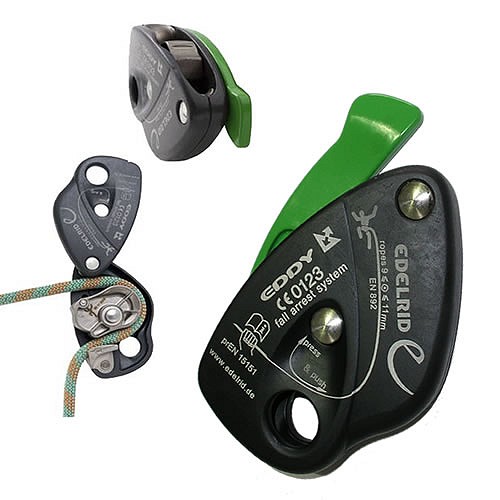
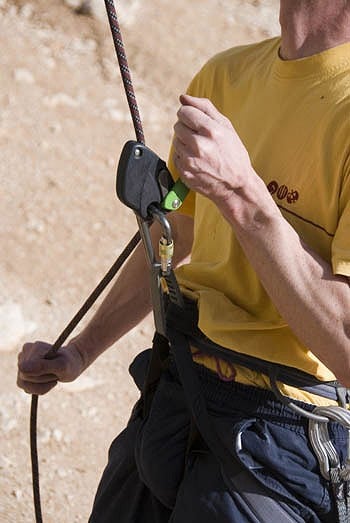
The big advantage of the Eddy is revealed when you start to use it.
Somehow, the device seems to recognise the difference between a fall
and
an energetic payout of rope - it locks cleanly during the former whilst
allowing the rope to pull through unhindered for the latter. The device
locks when you apply force through the brake-hand on the dead end, when
you are feeding rope through, the lack of braking force allows the
device to remain open. A proper sharp tug will lock the device even if
you're not gripping the dead rope, but you can unlock it, simply
pulling
at the dead-end will unlock the device and you can carry on -
alternatively, you can manually unlock the cam with your thumb - as for
a Grigri - but the design makes it impossible to hold the cam open in
this way - it's simply not big enough to hold.

Highly recommended.
You can find more information about the Edelrid Eddy at www.edelrid.de
You can find more information about the Petzl Grigri at www.petzl.com
Editor's Note: We did a search of the internet for Edelrid Eddy Reviews.
Andrew Bisharat at Rock and Ice magazine didn't like it, in fact he was disparaging right off the bat, "The Eddy is no Grigri, and it costs twice as much. Need to read more? "
You can read Andrew's review here: www.rockandice.com
If you have used the Edelrid Eddy please feel free to add your comments to the forum thread associated with this review.
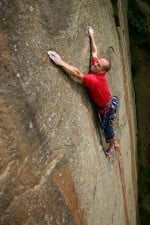
Adrian Berry has been climbing for over eighteen years, much of that full-time and he is now a professional climbing coach. He has competed internationally as a member of the British Competition Climbing Team, and sport climbed up to 8b+, and 8a onsight. In the trad climbing game, he has added many hard new routes from E7 to E10 in South Wales and the Peak District, many of which he had to develop specific training regimes in order to succeed.
Adrian is the co-author, with Steve McClure, of SportCLIMBING+ - published by Rockfax in December 2006. He is currently working on TradCLIMBING+ which is due to be published in 2007.

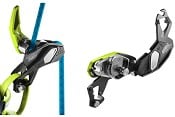
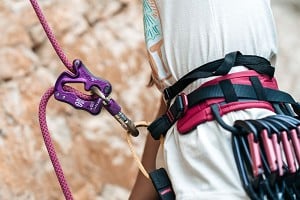
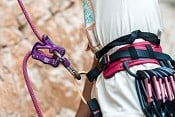
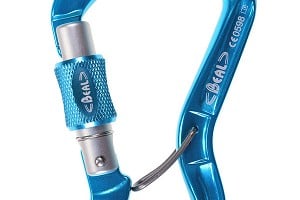
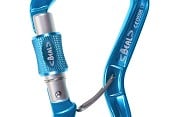
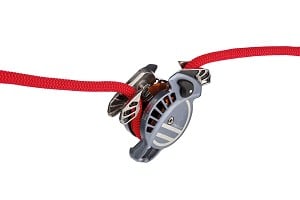
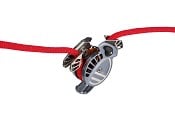
Comments